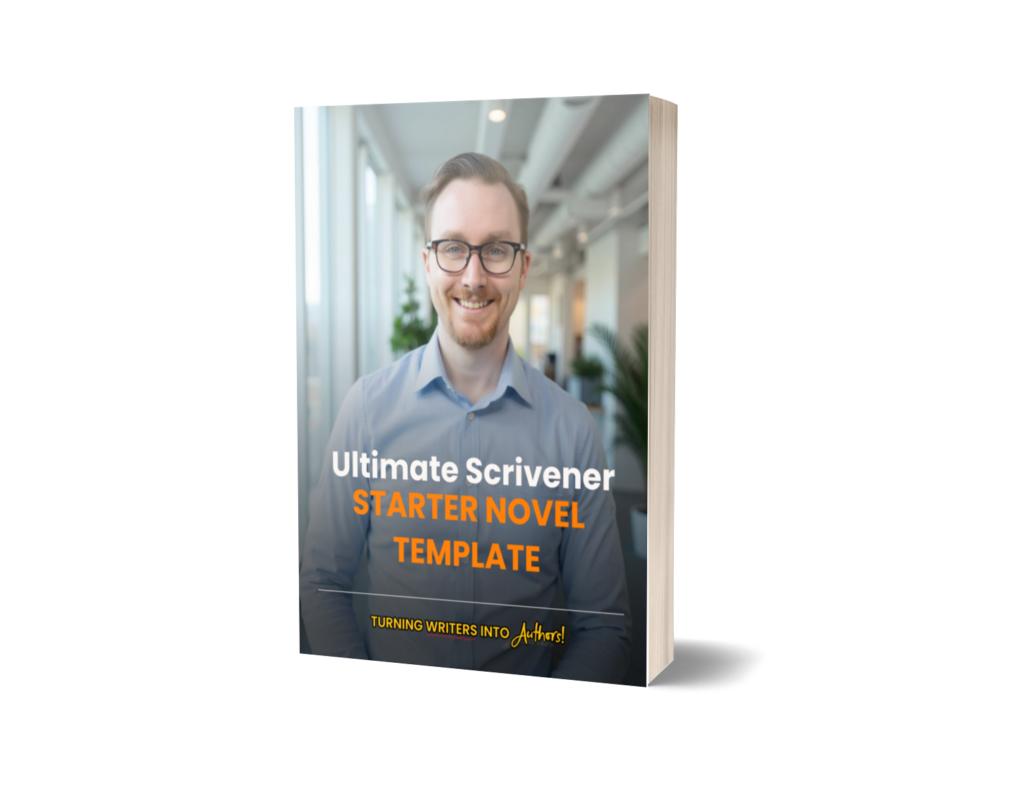
Oliver Evensen
Turning Writers into Authors
Table of Contents
A Note to Readers
These are the book notes I took while studying “Your First 1000 Copies: The Step-by-Step Guide to Marketing Your Book (2nd Edition)” by Tim Grahl and listening to his audiobook. Tim’s book is the best book on book marketing I’ve ever read, and highly encourage you to purchase it and the audiobook, especially if you enjoy of my book notes!
In most cases, I have paraphrased and included my own personal thoughts I recorded while studying the material, and aimed to properly mark all direct quotations, but writers please consider that these are “notes” not a research paper. My goal is to share what I’ve learned and apply the skills, and not to write a scholarly article. So if something doesn’t make sense, leave me a comment, or better yet grab a copy Tim’s book! You won’t regret it. And if you want to keep receiving great content like this signup for my newsletter and as a bonus you’ll receive my Scrivener Starter Novel Template for free!
Chapter 3: Fans & Influencers
What is the goal of this chapter?
Tim’s goal in this chapter is to inform writers that there are essentially two groups of people who can help you build your author platform! And has someone who has been primarily “going it alone” for the last seven year it was good to be reminded that it’s okay to have help, in fact, it’s crucial we have the support of both fans and influencers in our author journey.
Core Ideas
I identified 3 cores ideas and a question in the third chapter of Tim’s book. I recently came to the idea of “fans” and “superfans” which are not exactly noted in Tim’s breakdown here. But it’s worth noting that fans may vary in their loyalty. There will be fans who buy some, but not all of what you create, and then there will be superfans who will purchase anything and everything you create! Truth is it’s okay to have a both types.
- Fans are people who buy our book.
- “A fan is anyone who will buy a copy of our book”.
- We must have a direct connection to our fans, if we wish to sell our book. (i.e. email list, phone list for texting, social media, etc…)
- Examples of fans include: family, friends, coworkers, social media, followers, blog, readers, email, subscribers, text, message, subscribers, etc.
- Influencers are people who will get other people to buy my book.
- They influence the buying decision of people who we don’t have a direct connection to.
- Examples of Influencers: bloggers, Podcasters, TV producers, other authors with platforms, book club, pickers, New York, book review editors, etc.
- We must build strong relationships with both fans and influencers.
- With strong relationships comes good reputation for our books and our brand. These relationships help us provide more value to our fans and sell more books.
"A fan is anyone who will buy a copy of your book. An influencer is anyone who can get other people to buy a copy of your book."
TIM GRAHL Tweet
Question:
How do we build relationships with fans and influencers?
- At the beginning of the chapter, Tim promises to show us how build a direct connection with fans and influencers later in the book.
- However, since I’ve already listened to the first edition of his book and listened to his webinar, I’m aware that building that connection relies heavily upon building an email list, and we start with the people we know before we move to the unknown. I’ll leave it at that since I know there will be more discussion on how to develop these relationships later in the book.
Takeaway
I must build strong relationships with fans who will buy my book, and influencers who can connect to new fans through a mutually beneficial relationship.
Tasks
- Create an email list document in platform Scrivener project.
- Reach out to everyone that I already have a direct connection to and request to add them to my author email list.
- Do an individual approach — do not do a mass email or text message.
- Add anyone who accepts to my email list.
- Add anyone who rejects to contacted list.
- P.S. I won’t take it personally if someone doesn’t want to be added to my author email list.
- Setup and Add Email List to Substrack Account
- Write the Welcome Email
- Send first Welcome Email to subscribers
Results
I will post results as I complete my assigned tasks.
Final Thoughts
The fun doesn’t stop here. Where possible, I will be implementing and posting the results of the strategies in future posts. If you want to continue to receive great content that’s going to help you take your author journey to the next level make sure you signup for my newsletter and get yourself a free copy of the Scrivener Starter Novel Template!
Sources
Grahl, Tim. Your First 1000 Copies: The Step-by-Step Guide to Marketing Your Book (2nd Edition). Story Grid Publishing LLC. Kindle Edition. Grahl, Tim.
